When Ian Spanier sets out to create a dramatic portrait, he looks to the sun for inspiration, shaping studio lighting the way nature shapes light. In this video, Ian walks us through his “what you see is what you get” lighting process using Westcott LEDs to build a cinematic portrait from the ground up. Ian explains how he draws inspiration from the sun, then recreates those looks with continuous lighting that he can fully control in the studio.
Why Continuous Light?
While Ian typically works with strobes, he’s a big fan of continuous light for the simple reason that you see exactly what you’re going to capture. Instead of guessing how the light will look when the flash fires, you can see the angles, shadows, and highlights in real time. For newer photographers, this makes it easier to understand light without feeling overwhelmed by flash settings. For professionals, it opens up creative freedom, especially in situations where strobes might be distracting or not allowed.
Photography Gear Used
For this shoot, Ian kept his kit simple but powerful:
- Key Light: Westcott L120-B LED with a standard reflector, shaped using Westcott Fast Flags with Black Blocks.
- Fill Light: A 7-foot shoot-through umbrella to keep some detail in the shadows.
- Backdrop: The X-Drop Pro stand with an 8x8 Copper Wall Backdrop for a cinematic background that’s portable and easy to travel with.
- Additional Lights: Later in the shoot, Ian added a Westcott L60-B LED for subtle separation and a fourth light to bring out atmosphere in fog.
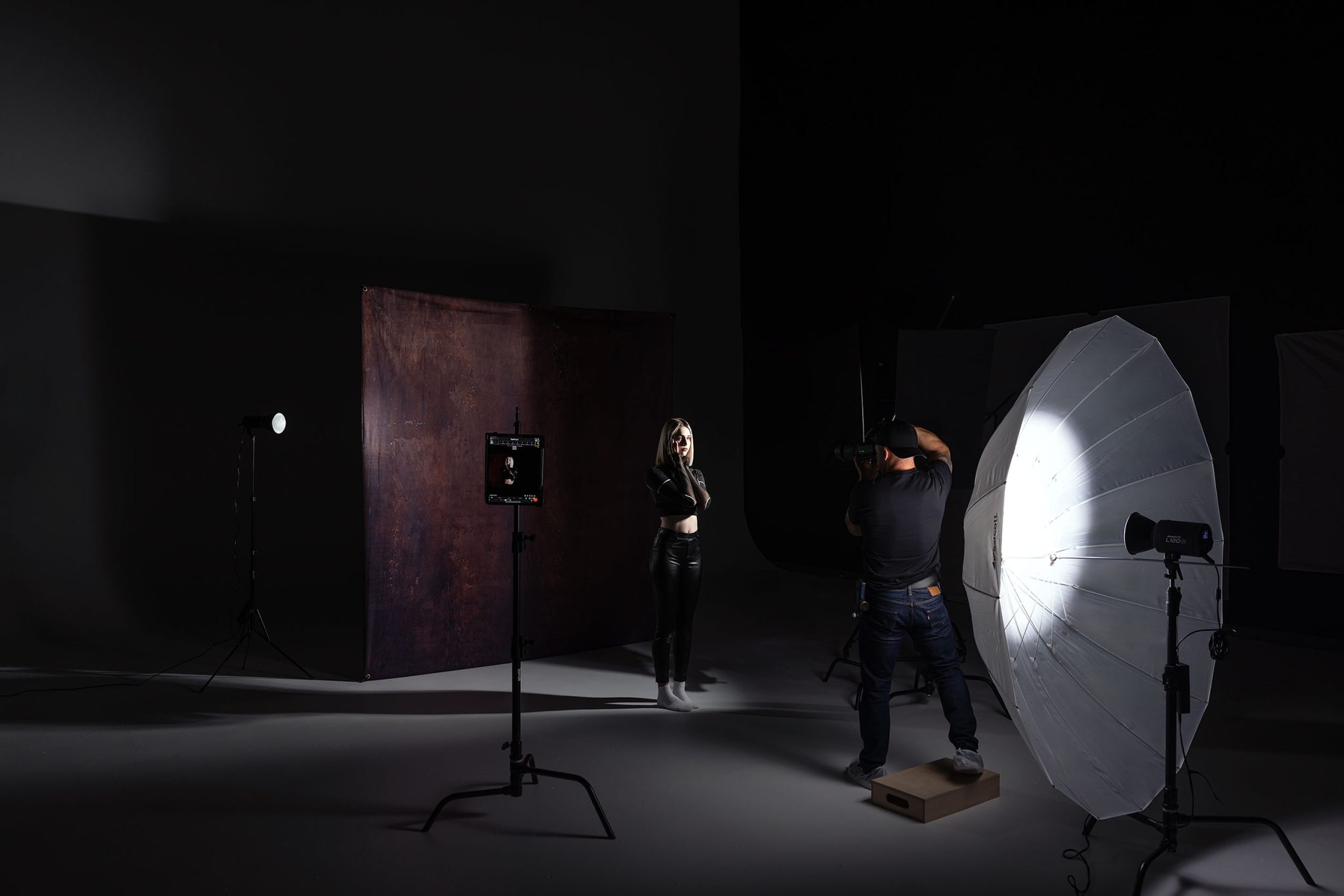
Shaping with Hard Light
To create a futuristic, cinematic look, Ian started with hard light from the reflector. Instead of softening it, he leaned into its punchy quality and then shaped it with flags. By cutting spill off the background, he was able to keep the focus sharp on his subject and add dramatic contrast that feels straight out of a movie still.
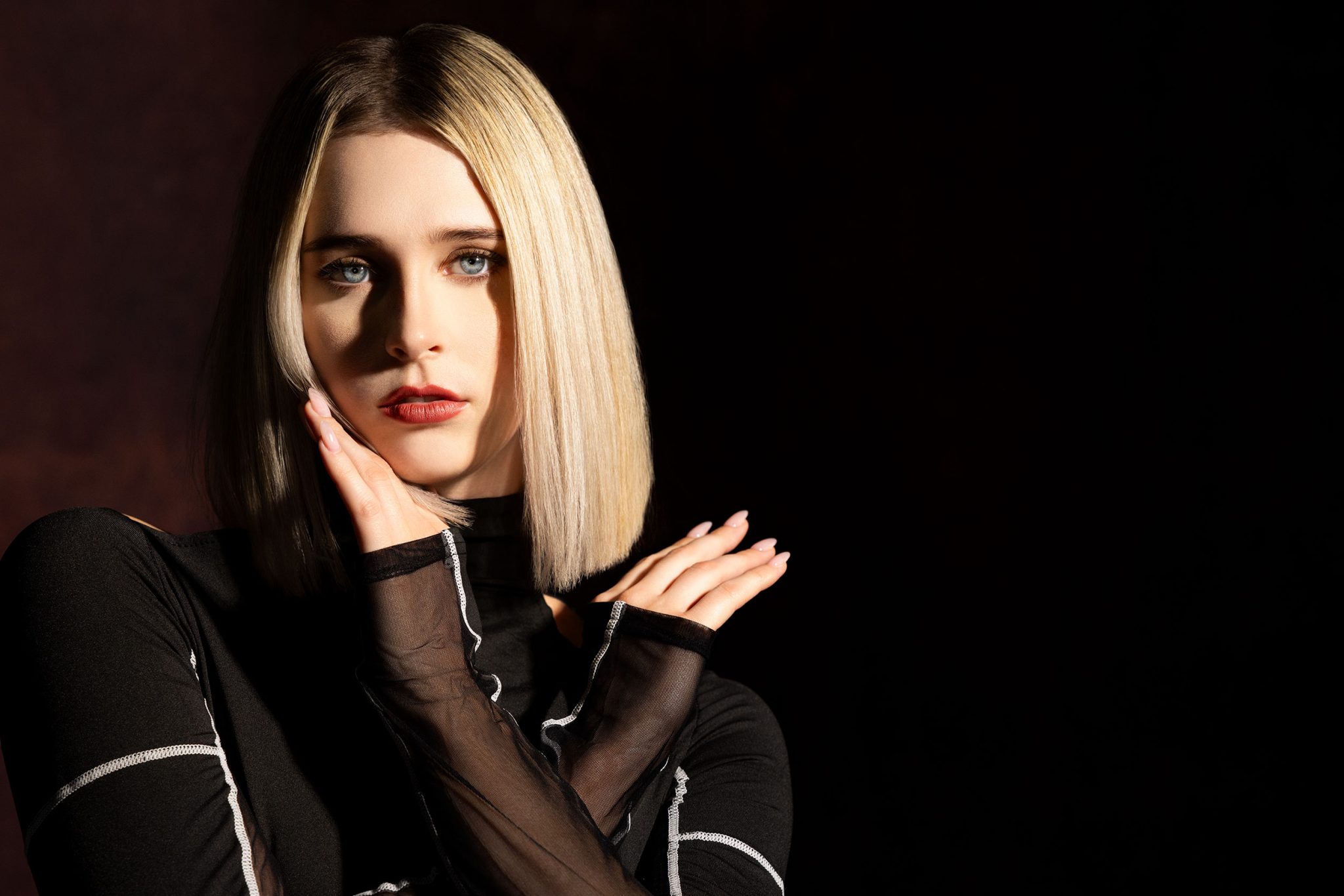
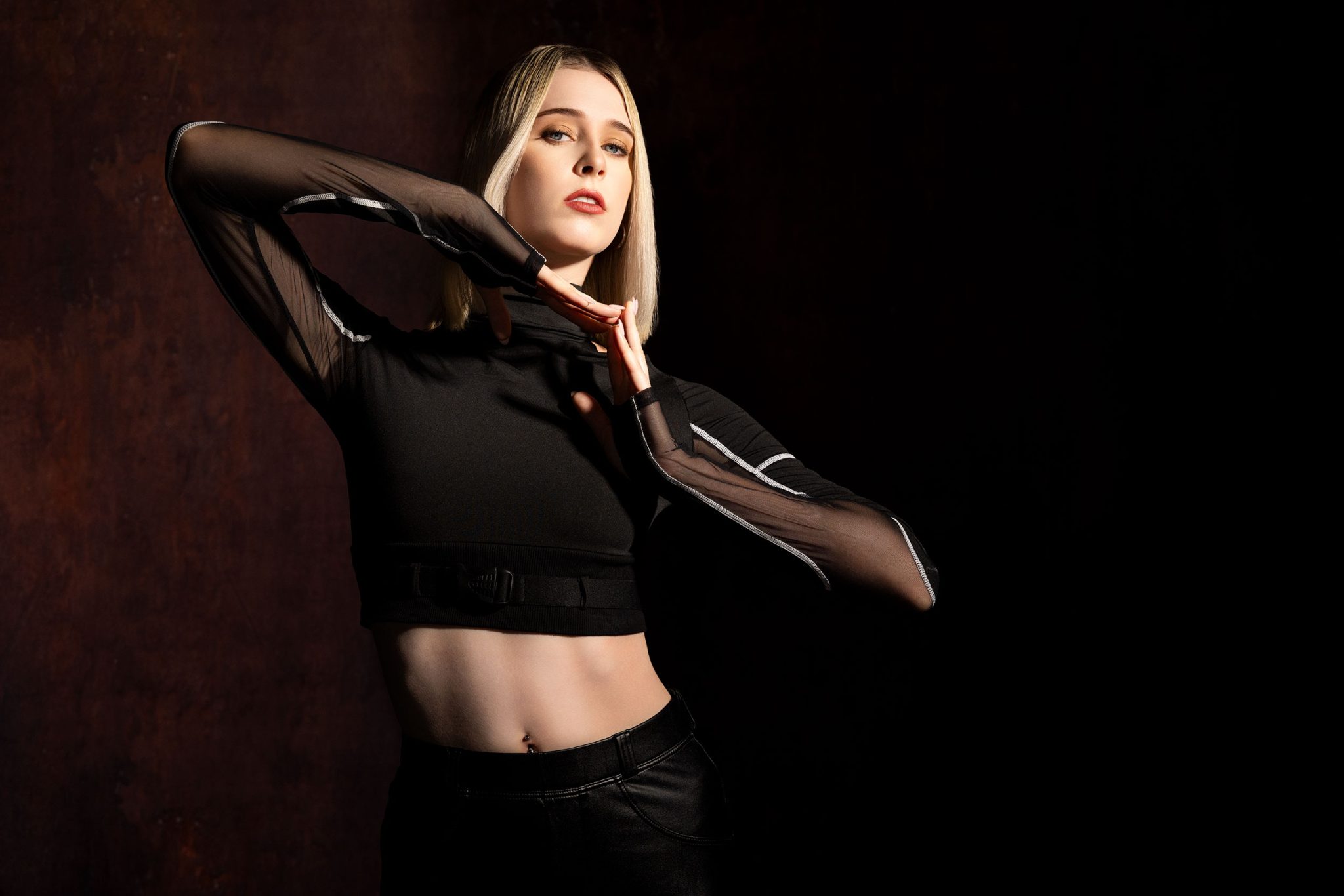
The Third Light for Separation
After reviewing his first shots, Ian noticed the subject’s dark outfit was blending into the backdrop. His solution was simple, add a third LED as a subtle rim. By aiming a lower-powered L60-B at the subject’s shiny pants, he introduced just enough reflection to separate the figure from the background. This kind of small adjustment is what gives portraits more depth without changing the overall mood.
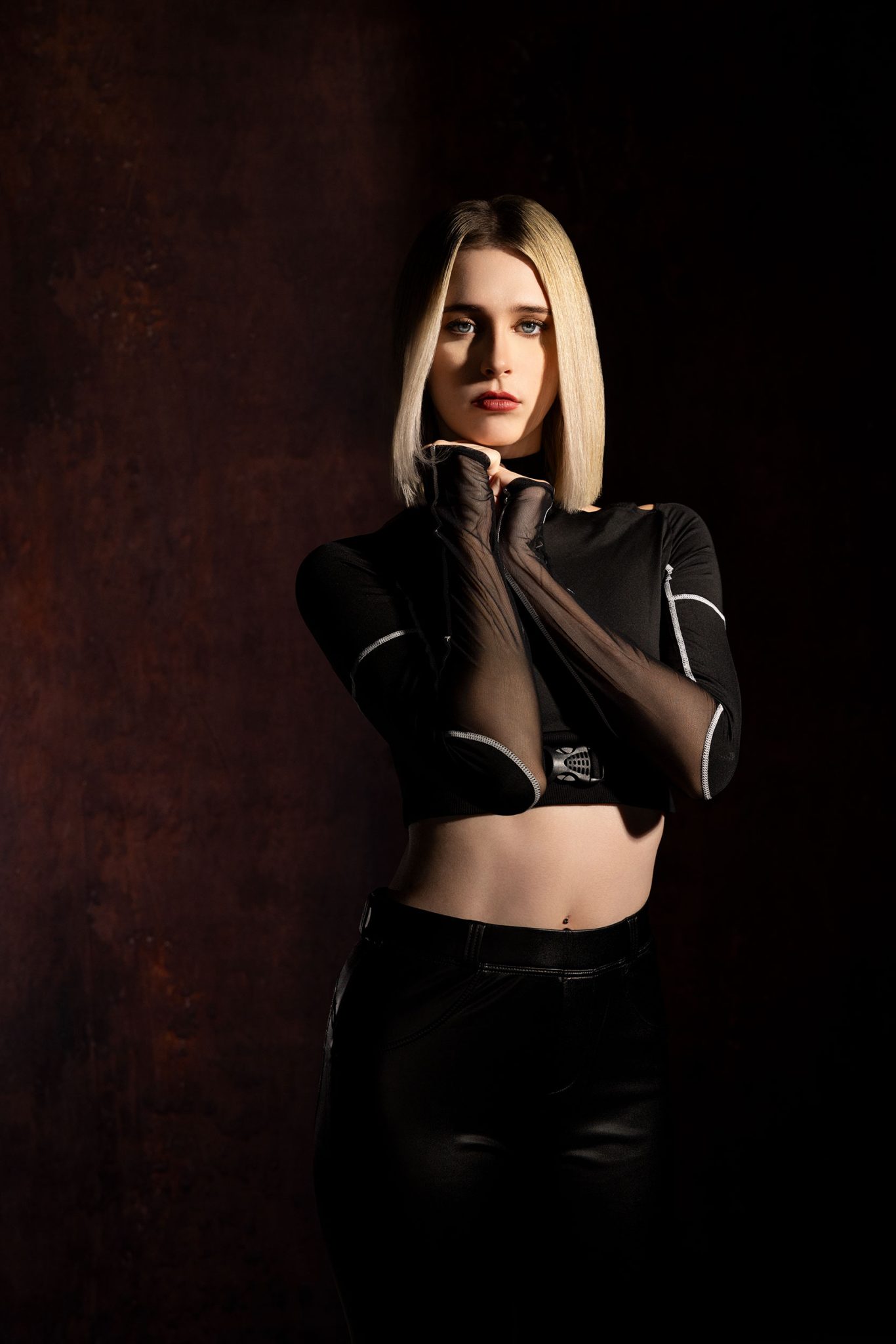

Playing with Color Temperature
One of the biggest advantages of modern LEDs is the ability to adjust color temperature with the push of a button. Ian demonstrated this by warming his lights to mimic golden-hour sunlight, then cooling them down to create a moody, blue-toned vibe reminiscent of cinematic shows like Ozark. He paired this with manual white balance settings in camera for even more control. The result? Two completely different atmospheres without having to use a single gel.
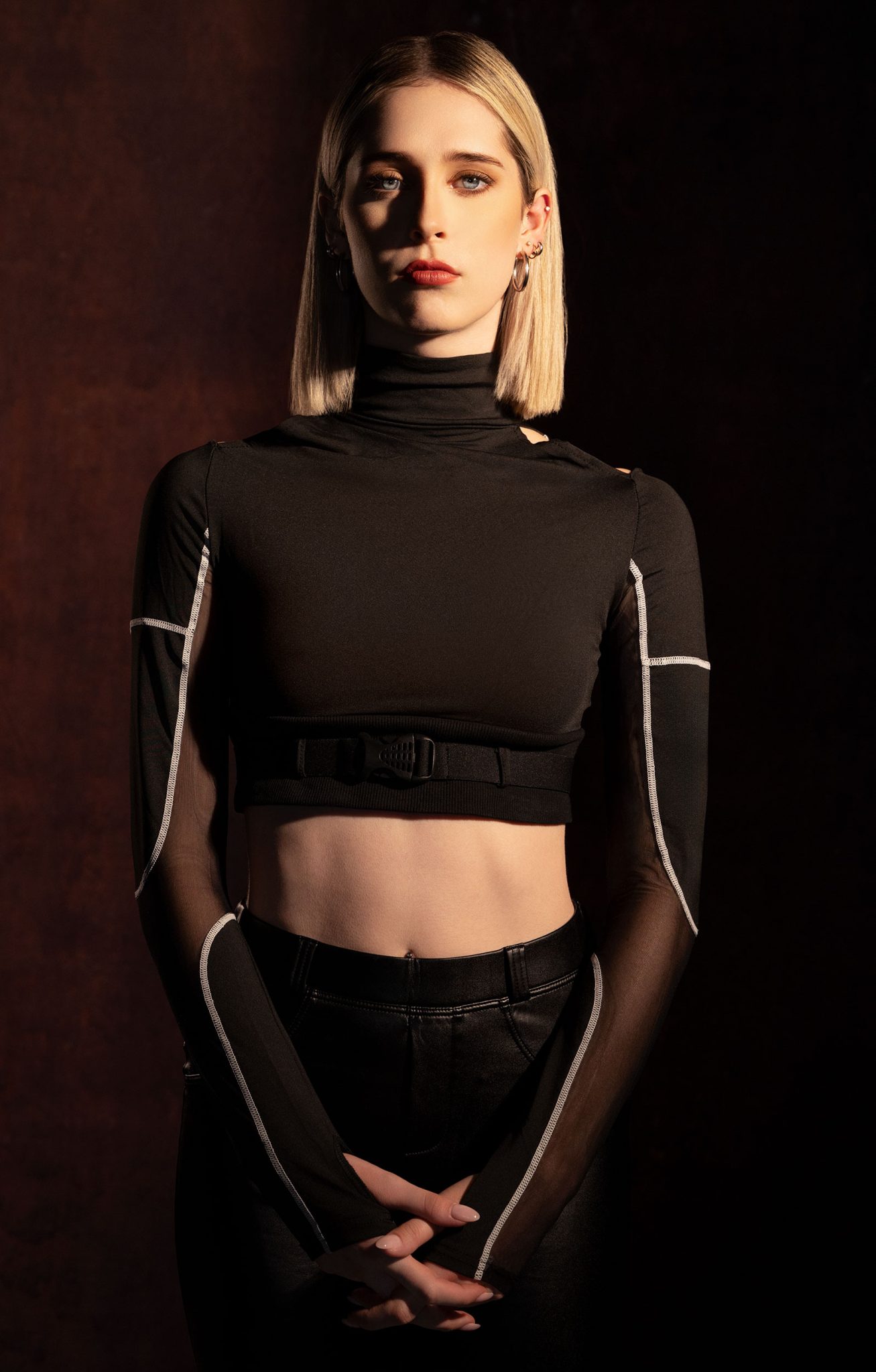
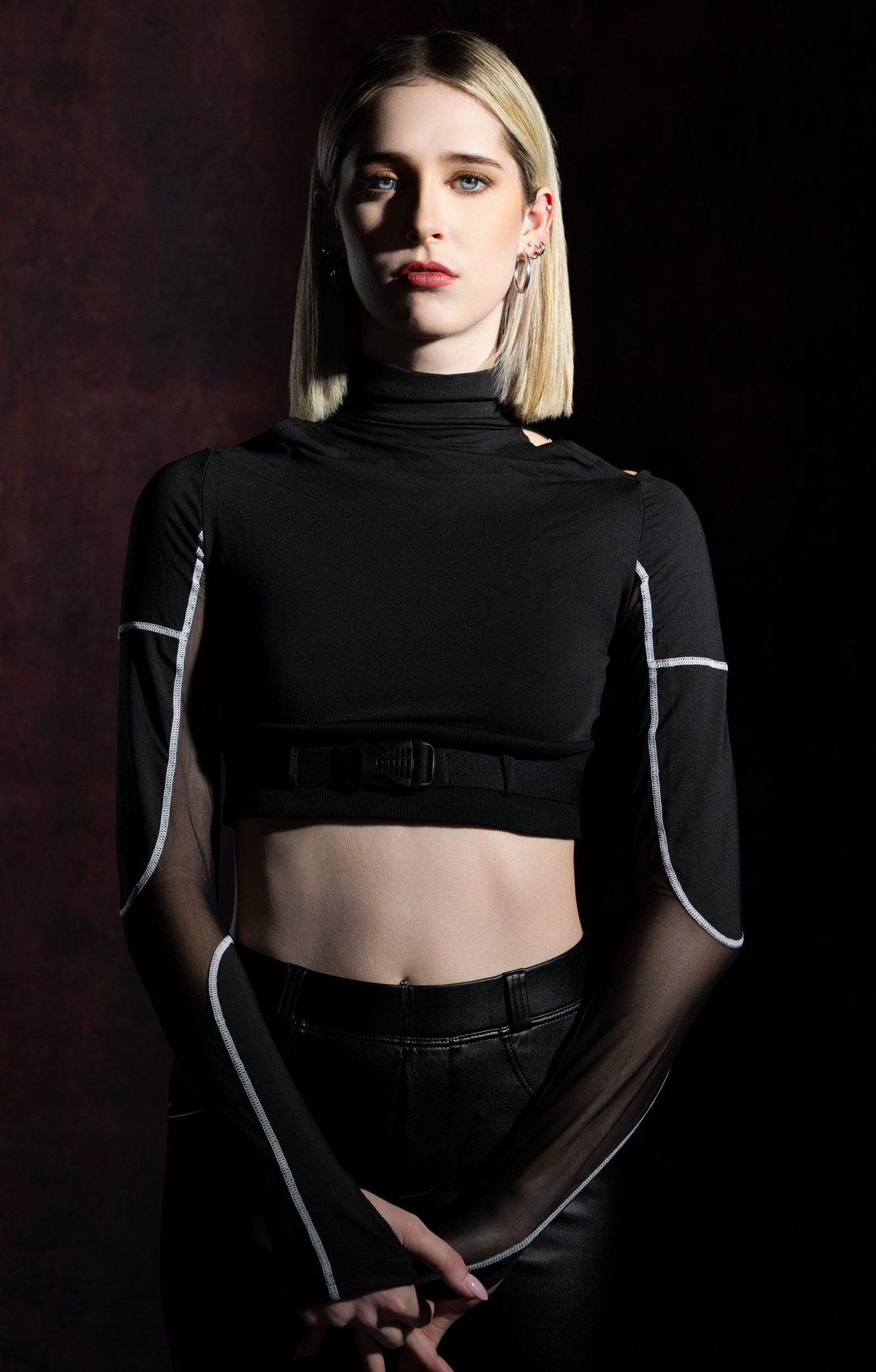
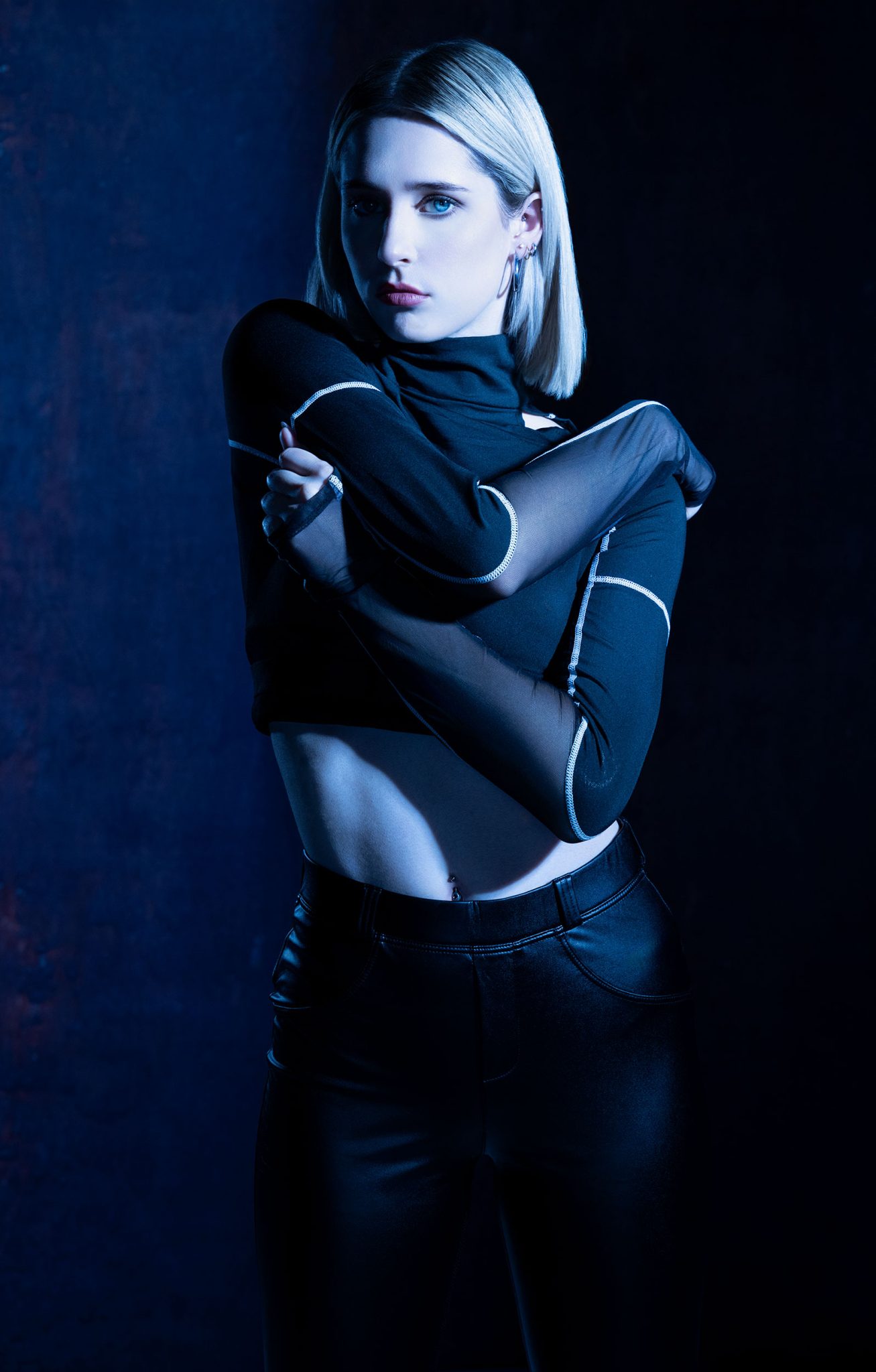
Adding Atmosphere
To push the look further, Ian introduced atmosphere aerosol fog spray into the scene. By backlighting the haze with a fourth LED, he created depth and texture in the air. While not every experiment worked exactly as planned, Ian points out that “failures” are part of the process. Sometimes the fog was too heavy or didn’t catch the light as expected, but those trials led to adjustments that brought the final image together.

Final Thoughts: Fail to Succeed
For Ian, the key to growing as a photographer is experimentation. Whether it’s shaping hard light with flags, dialing in subtle fill, or pushing color temperatures to extremes, every setup is a chance to learn. Continuous light makes that learning process faster and more intuitive, giving you immediate feedback on how your choices affect the image.
As Ian says, “Failing is great. Failing is where you learn.” By embracing that mindset, you’ll not only improve your lighting skills but also walk away with portraits that feel cinematic, unique, and full of life.
Want to See More of Ian Spanier’s Work?
Check out Full Lighting Breakdown: High Aperture Portraits with Ian Spanier, where Ian takes us behind the scenes for a deep dive into how he captures striking studio portraits using high apertures.

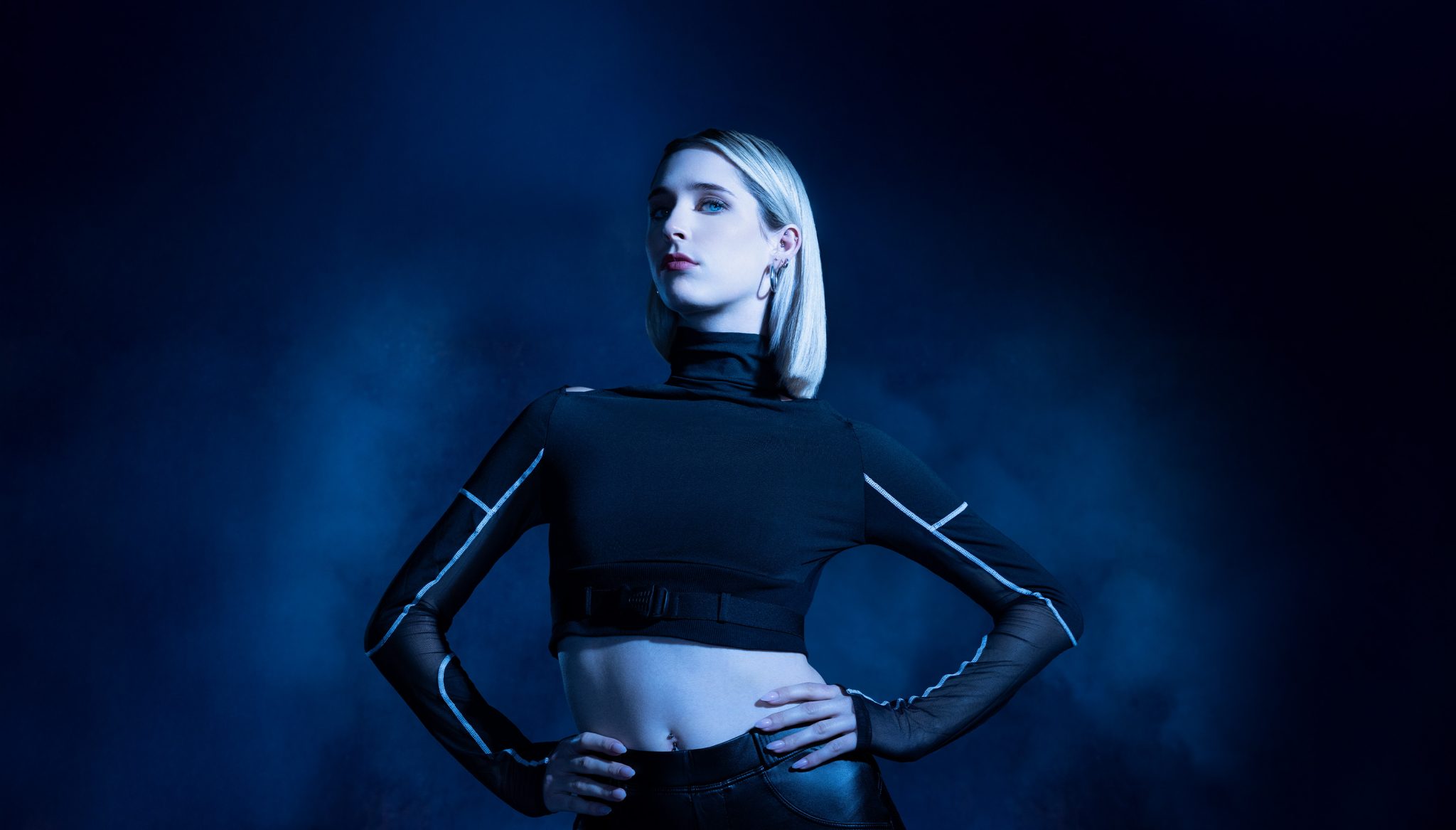





You must be logged in to post a comment.